|
敬请期待中文版 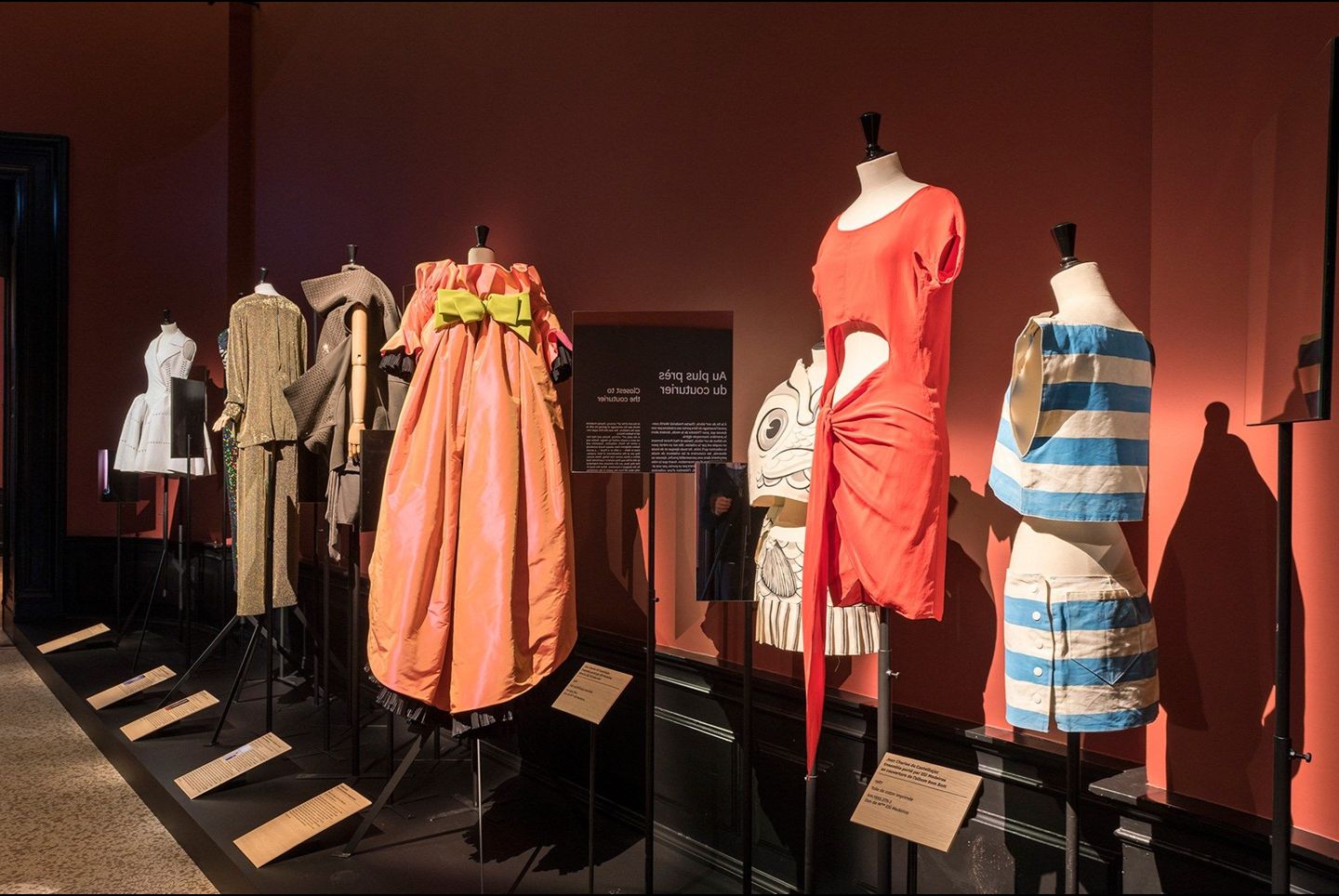 I can remember the very day when I wore a Zoran jacket, designed to be minimal and indefinable, to the office and one of my colleagues came out with the phrase, “Who are you wearing?” This surprisingly aggressive demand to know the creator of my outfit reflected the explosion of designer fashion in the early Nineties. Identifying the maker seemed more important than what the wearer looked like. Now, in our celebrity-driven age, I suppose the question might be, “Is that Beyoncé you’re wearing?”, as if an outfit worn by a famous performing artist would be permanently identified in their name.  Pierre Antoine These thoughts flashed through my mind when I stood in front of Marie-Antoinette’s bodice - a faded, worn taffeta - and then gazed at Napoleon Bonaparte’s black velvet jacket embroidered with oak and vine leaves: two relics passed down the centuries. Current fashion seems to have gone full circle from garments known only by their historic associations to today’s outfits - or accessories such as shoes and bags - given a stamp of glory because the bodies, hands and feet of the famous have showcased them. “Who wears what?” was the question that Olivier Saillard, Director of the Palais Galliera in Paris, asked himself as he put together “Anatomy of a Collection” (until 23rd October). He describes it as combining “court wear to overalls” worn by “celebrities to unknowns”. 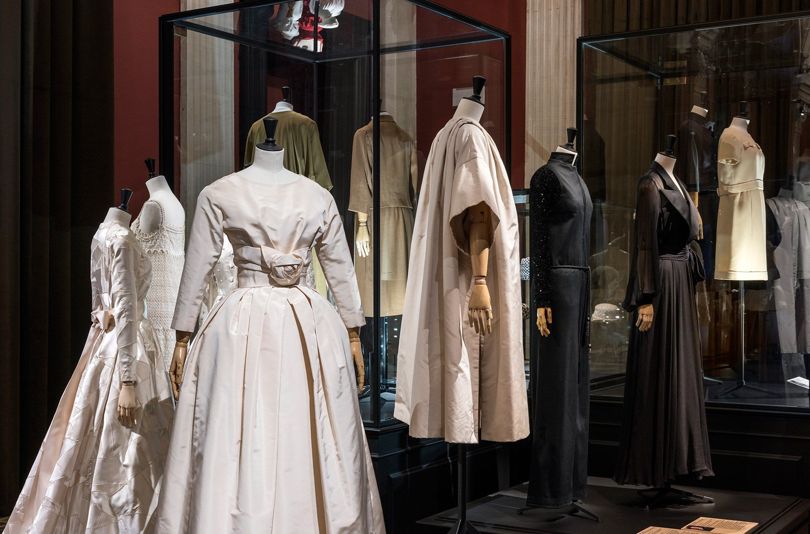 Pierre Antoine The exhibition is drawn from the museum’s archives and reminded me of “Cloakroom” - Saillard’s 2015 performance art work at Pitti Uomo - which had the actress Tilda Swinton bring back to life articles of clothing that were famous because they had belonged to a person who had marked the course of history. After seeing so many fashion exhibitions, from Coco Chanel to Alexander McQueen to Valentino, all concentrating primarily on the designer and their vision, it was refreshing to see a focus on the wearer, be they an aristocratic personage, a society couture client or an unknown First World War nurse. 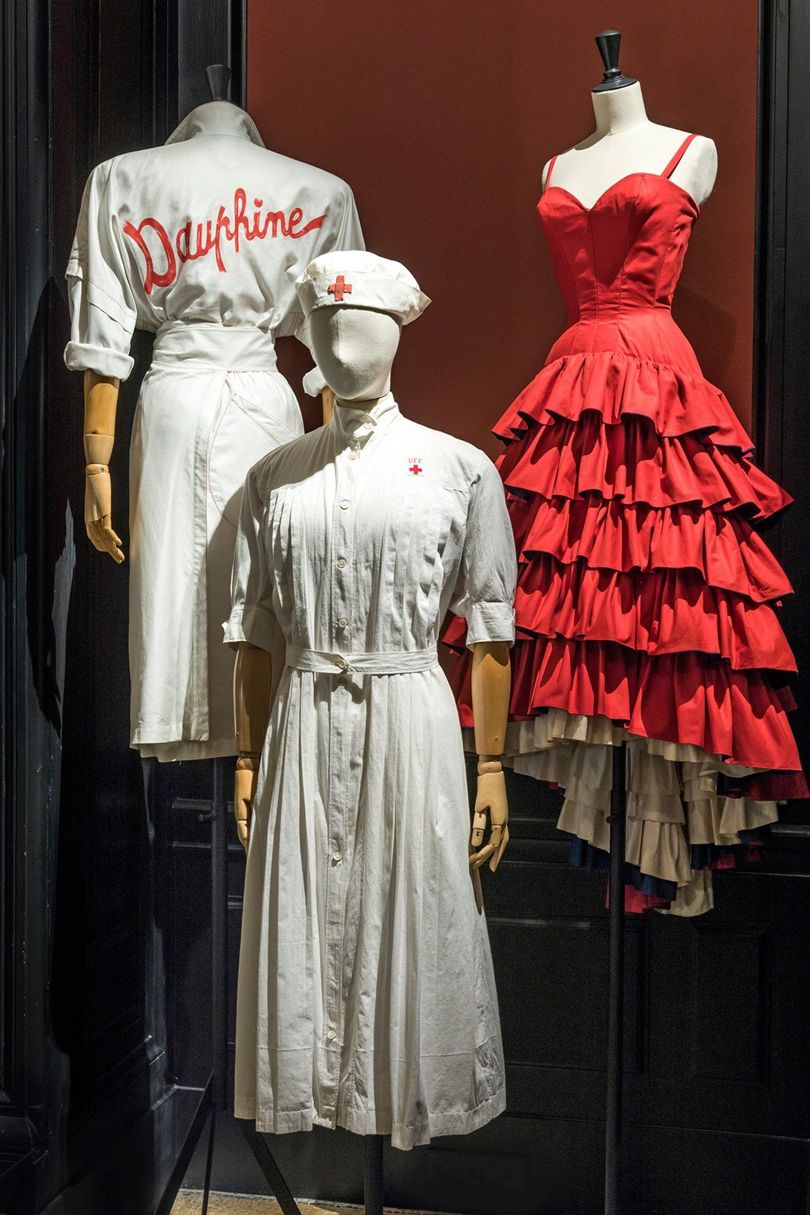 Pierre Antoine Seeing designer pieces in the imaginary showcase of a living body gave some whimsical effects, such as a black jumpsuit made for and inspired by Betty Catroux, Yves Saint Laurent’s muse, which was apparently simple and unisex, but actually cut with couture care to a boyish body in 1967. By contrast, in 1968 Cristóbal Balenciaga adapted a floral print dress for Lilian, Princess of Réthy (the second wife of King Leopold III of Belgium), by adding a regal train at the back. Crafting the imprint of a famous person into the clothing was the skill of Hubert de Givenchy for an Audrey Hepburn two-piece dress in 1966 and Marc Bohan for Dior with a little black dress for the Duchess of Windsor in 1972.  Pierre Antoine The point of this unusual show is to focus on the figure, actual or imagined, who originally wore the fashion, be it a pair of green crocodile slippers marked with the foot of a now-forgotten, well-dressed man-about-town, or a beige linen coat that the usually extravagant Paul Poiret made for his wife in the 1920s. The narrow side-room of the Palais Galliera offers, as if in a boudoir, stockings laid out in open drawers and the fluffy Belle Époque cape worn by the flamboyant actress Sarah Bernhardt. Another striking display is of the famous Elsa Schiaparelli shoe-hat made in collaboration with artist Salvador Dali. 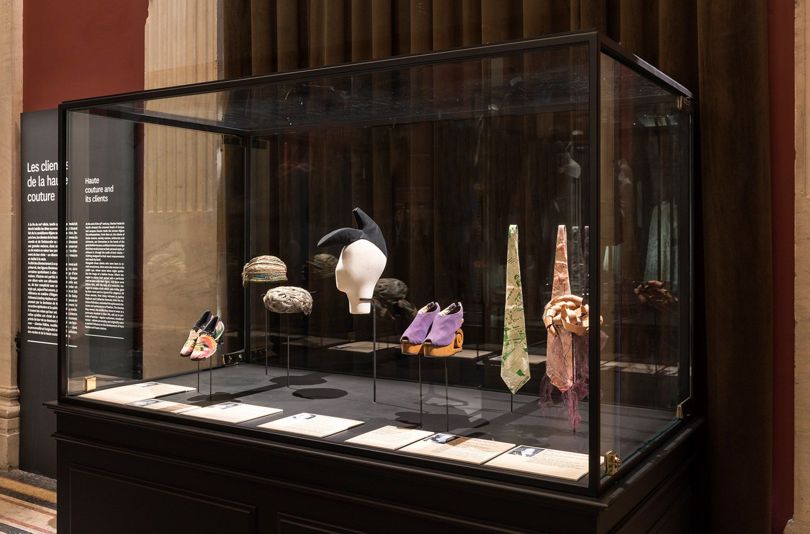 Pierre Antoine Although the curator has a vision and the story is visually compelling, I found it hard to follow. As the show progresses, there seems to be a tug of war between the clothes’ designers and their elegant owners. When I recognised immediately the identity of the wearer - as in Yves Saint Laurent’s colourful dress for the Duchess of Windsor - I could follow a clear story line. But on other occasions, it was the dress itself that spoke, like Jean Paul Gaultier’s velvet sheath with conical bra, or the weird synthetic-hair coat and wig from Maison Martin Margiela. Inevitably, it is difficult to have enough distance between the more recent outfits and their well-known owners and the clothes that are by now history, relics of a former age. The catalogue mentions “particular artefacts that seem to incorporate the essence of the person to whom they once belonged”. It describes the change “when all the fuss is over and the fashion has passed, when the couturiers are nothing more than a name on the label that they sewed inside the clothes, the clothes themselves - the fruit of their imaginations - remain. The line of a collar, the assembly of a sleeve, the shape of a waist, or the style of a hem: these are the signatures of creation”. 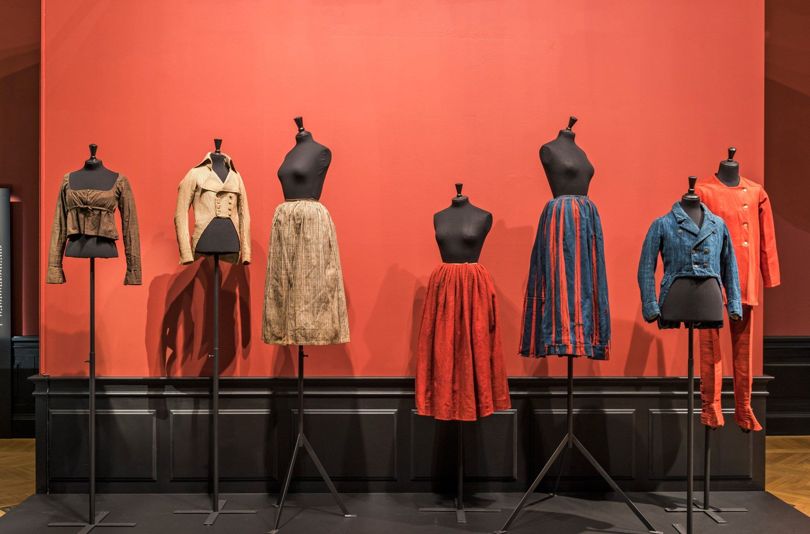 Pierre Antoine Saillard sees the clothes as “human encyclopaedias” and “libraries of romance”, as evidenced by a dress that was created for Empress Joséphine de Beauharnais in 1805. It is a simple muslin dress with nature motifs - as far as could be imagined from the grandeur of France’s Ancien Régime. But here is the juice: muslin was banned by Napoleon Bonaparte himself because it was imported by the English, who were the enemies of France. Joséphine must have fibbed her way into current fashion. I looked at the simple white dress, and thought how many personal stories must be hidden in the folds of old clothes. “The Anatomy of a Collection” exhibition is on at the Palais Galliera until 23 October, 2016 (责任编辑:admin) |
